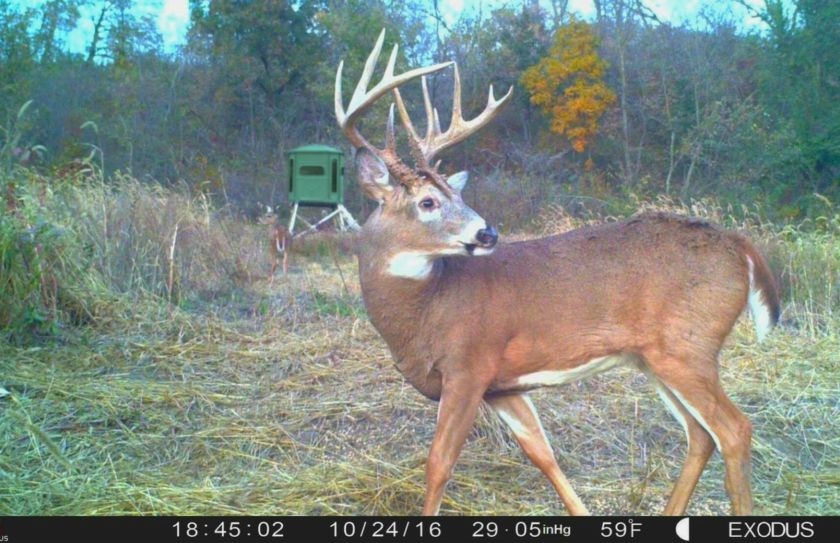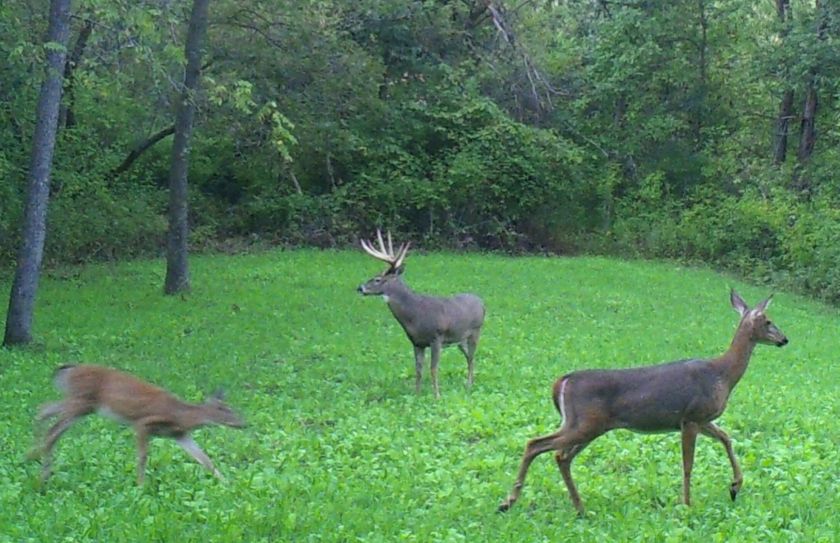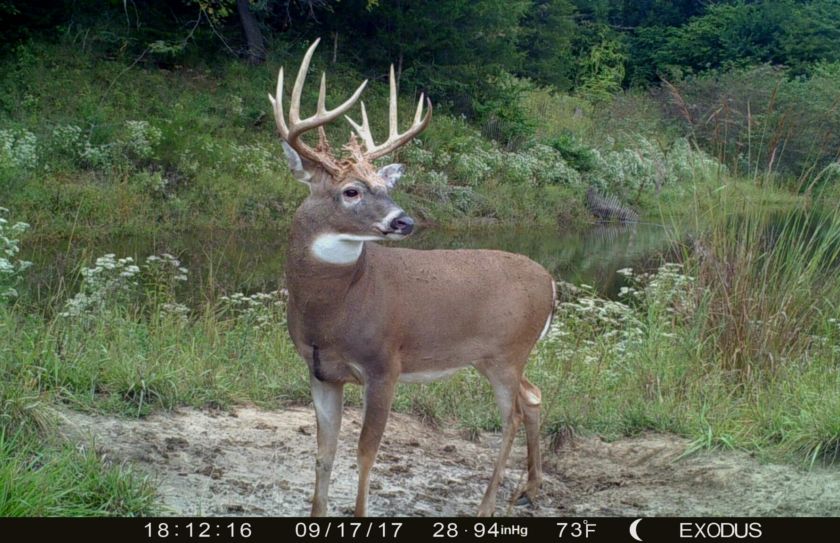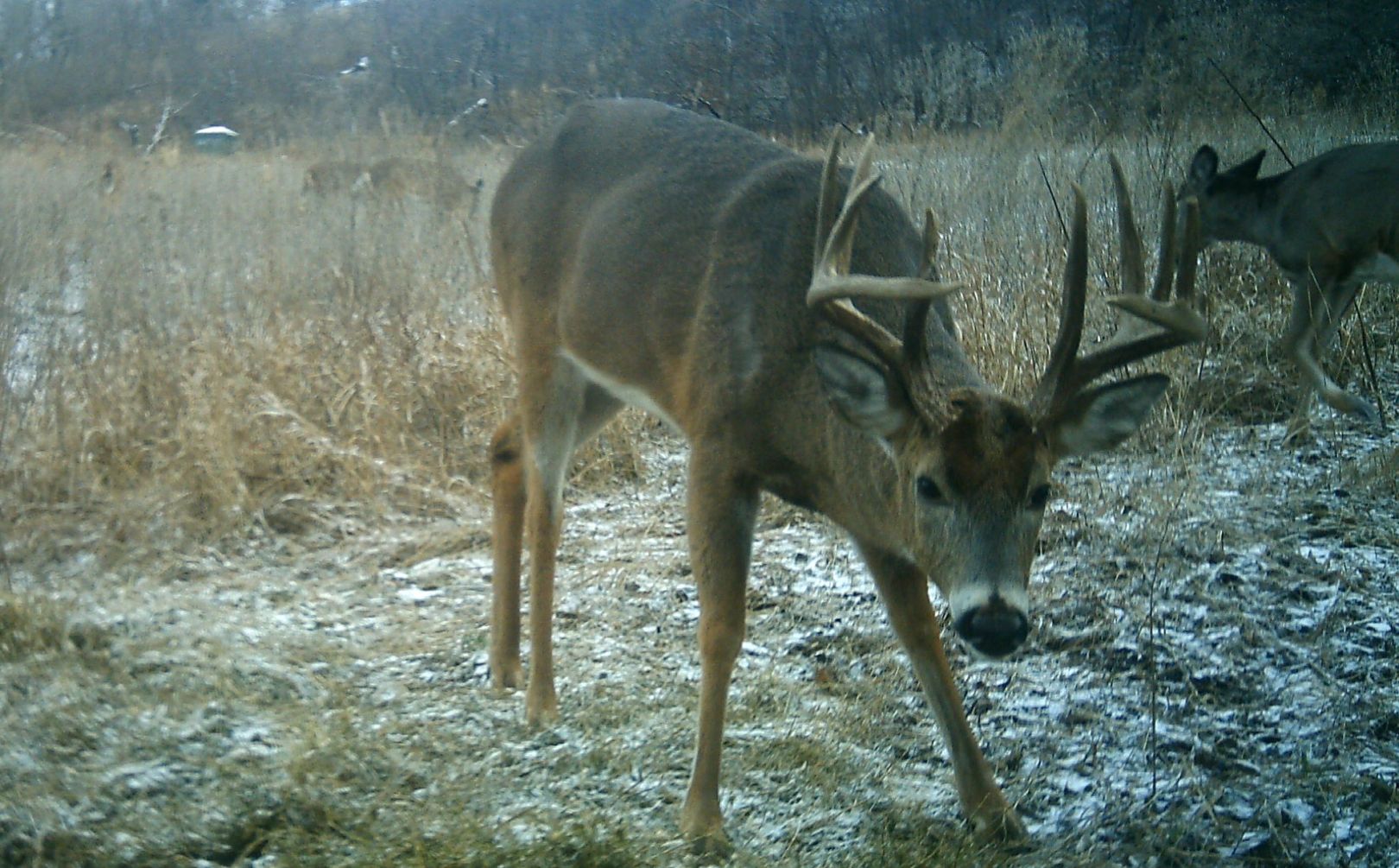
The power of a major cold front to drastically influence deer movement is undeniable. Weather can move deer for miles and pin them down for 36 hours or more. By understanding how a major Fall storm increase hunger pains, depletes energy reserves and elevates stress levels, you can learn to hunt deer at the highest of levels.
The major storm of December 5, 2017 won't go down in history like some of the giant late Fall blizzards of the past. However, to anyone who follows weather related whitetail influences, they will recognize that this storm had it all! Over 30 degree temperature drops, 40mph winds and awesome thunderstorms on the front side of snow flurries, created the perfect storm for significantly affecting whitetail movements. Learning exactly what a deer had to endure during the 36 hours of the storm, can help you make hunting decisions during any time of the season, for the rest of your lives.
*The video above discusses some of the factors that I rely on, when using the weather to accurately predict deer movement. I also discuss these factors in depth along with several examples, in my Annual Rut Forecast.
36 Hour Life Of A Whitetail In A Cold Front
Sure, no one really knows what a goes thru the mind of a whitetail during a major cold front, but that's where a little science, decades of experience and a necessary does of common sense, goes a very long ways! There are 2 important details that you need to know, to form the basis of predicting the activities of a deer during a cold front: Deer feed 5 times in a 24 hour period and deer are creatures of stress. Both stress and feeding times rule the daily lives of whitetails, and both of those details are greatly enhanced when a storm of 36 hours or more comes blowing thru. However, you have to have created the conditions for an effective cold front hunt!
If you have either spooked deer off of your evening food sources more than a handful of times during the entire season, hunted during the morning hours and spooked deer out of their bedding areas or just plain don't have the food and cover options needed for the time of the season, it doesn't matter how great the weather is, you are fighting an uphill battle. But if you have planned for an evening sit over an un-pressured late season food source - sit back, enjoy and get ready!
1. 0 To 12 Hours From Feeding To Bedding
With the barometric pressure falling and Easterly winds on the rise, whitetails know that something is brewing just around the corner. I have experienced that whitetails sure seem to know just how severe an approaching storm may be, as well. However, rest assured it doesn't take long for deer to know that they need to get a last bite to eat before retreating to a location to weather the storm.
Hunting Effect: On the front side of a major storm, the first few hours of change can carry decent hunting opportunities, as deer tend to sneak a brief but intense chance to feed. If the feeding time is the afternoon feeding, which is often the largest of all feeding after being holed up in lower quality bedding browse all day, then this may be the first of 5-7 feedings that are severely diminished by the storm. As winds increase and stress levels begin to rise, whitetails will often make a hasty retreat to begin holding tight during the storm. If you are in hill country, you can count on whitetails being pushed off the wind-exposed tops and slopes, to seek shelter from the storm, regardless of which direction the shelter actually faces.
2. 13-24 Hour Energy Depletion
Once a powerful cold front is fully underway, whitetails move very little, in fact, they not move at all for 10 to 12 hours or more. During WI's 2003 gun season late Fall storm, I observed a massive 8 point at 234 yards (with the laser), bedding on the neighbor's land across the hollow. Literally, he moved so little that the following day when I returned to the stand, I half expected him to still be there, dead and frozen. Of course the skies were clear, the storm had passed and the mature buck was gone, but boy that buck had truly chose to hunker down out of the wind for the entire day, while the snow was flying and the winds were at their worst.
Hunting Effect: During the peak hours of the storm, multiple quality feeding opportunities are either severely squashed or eliminated. With deer feeding 5 times per day as rhythmic pattern feeders (like human babies), every reduced feeding period adds to a reduction in energy levels. With wind and swirling scent creating stress related energy loss, the drop in temperatures and missed feeding times, it doesn't take a rocket scientist to calculate that deer are beginning to feel the hunger pains. This is a very poor time to choose to hunt, because unless a whitetail is unwittingly caught in the open, they have every reason to conserve energy, and stay put.
3. 25-36 Hours From Hunger Pains to Feast
One of the greatest opportunities for you as a whitetail hunter, is to make sure that you don't miss the feast that takes place when high pressure takes over, skies clear, the woods are gripped in cold and the winds significantly settle down. No matter what time of the season, deer will be on their feet during their daily feeding times, and replacing energy reserves.
Hunting Effect: After missing several quality feeding times combined with stress and cold depleted energy levels, the departure of a cold front not only signifies incredibly hungry whitetails, but outstanding hunting opportunities! And no matter what time if the hunting season, the greater the storm, the greater the opportunity! In fact, do you like to scout whitetails during the Summer? Then these same factors can combine to provide high quality observations, no matter if the cold front drops temps from 90 to 70 in July, or 40 to 20 in December.
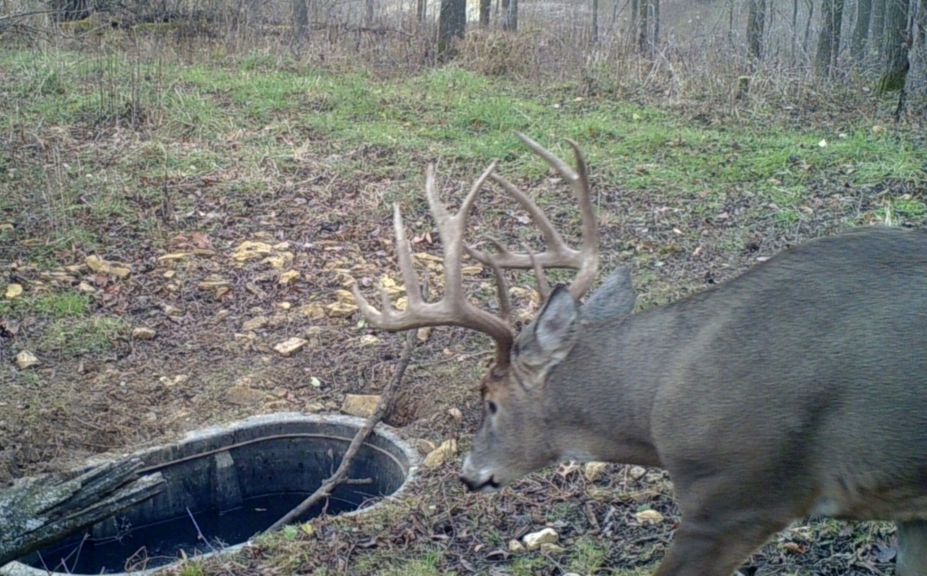
*Stafford is one of my top 2 target bucks on 3 parcels for 2017, and it was great to capture a high resolution video of him, as part of my 2017 prime time Mock Scrape Census.
December 5th, 2017 Cold Front Results
While December 5th wasn't the primary forecasted day (unlike the calmer 6th) due to high but diminishing winds, it was pretty close, and represented somewhere around the 30 hour mark for an afternoon sit. I was disappointed and not disappointed all in the same sit; which is often how hunting mature bucks often goes!
With an hour of shooting light left and deer beginning to pour into the food plots, the neighbor chose to go for a bike ride around the edge of the land in the high winds and 24 degree temperatures. The deer promptly vacated the fields, even though they were 300 yards away from the mountain biker. What began as such a promising sit turned sour in an instant. However, just before dark, the deer began streaming in again, and this time with my target buck name Stafford that is pictured above or another one that is very similar, in tow. With light fading fast my panicked heart rate and shaky grip just couldn't find enough light through the scope to accurately hold on the mature buck at 185 yards. I tried extremely hard, but as the amount of available light passed the minutes of legal shooting time, my hope for an early December buck disappeared - at least for the 5th of December (stay tuned!). What a sit and had the herd not been spooked away in the first place, it is likely he would have popped out at least 5 minutes sooner or more. But, as the saying goes, that's why they call it hunting!
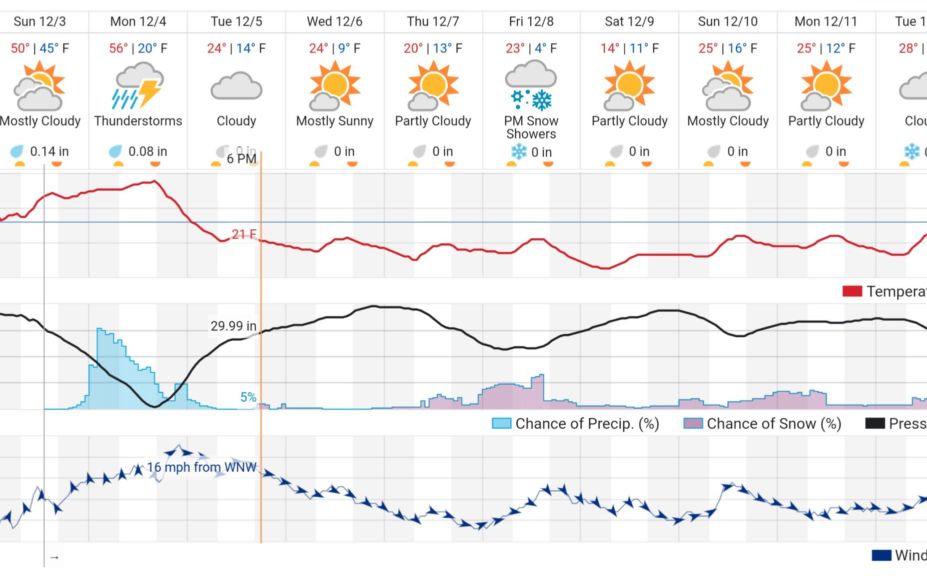
*When these conditions hit, you just can not afford to miss out! These are the conditions that actually determine if a Moon Phase prediction is actually accurate by chance, or not.
Conclusion
How much power do cold front carry for influencing deer movements all season long? So powerful that unless there are significant weather factors at play, any moon phase predictions simply work very little or not at all. Weather is by far the #1 influencer for forecasting your own hunting success. When you combine missed feeding opportunities, stress and cold temps, there is nothing else that can turn whitetail activities completely on or completely off. If you have avoided hunted during the morning hours during the late season, have prioritized the evening sit and have set the table with an adequate supply of late season forages, don't forget to take advantage of the last remaining major cold fronts of the season. The December 5th storm was an outstanding weather event for influencing whitetail movements and if you follow the logic of the 36 hours whitetail experience, you can apply that knowledge to an entire year of whitetail observations, let alone the entire season.
